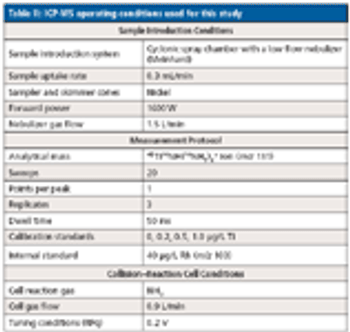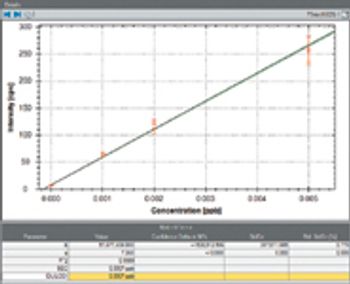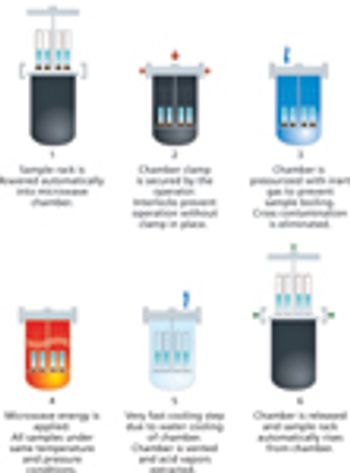
Special Issues
Triple-quadrupole inductively coupled plasma–mass spectrometry (ICP-MS) can operate in MS-MS mode, which offers the potential to improve the removal of spectral interferences compared to conventional quadrupole ICP-MS with a collision–reaction cell, or high-resolution ICP-MS.



